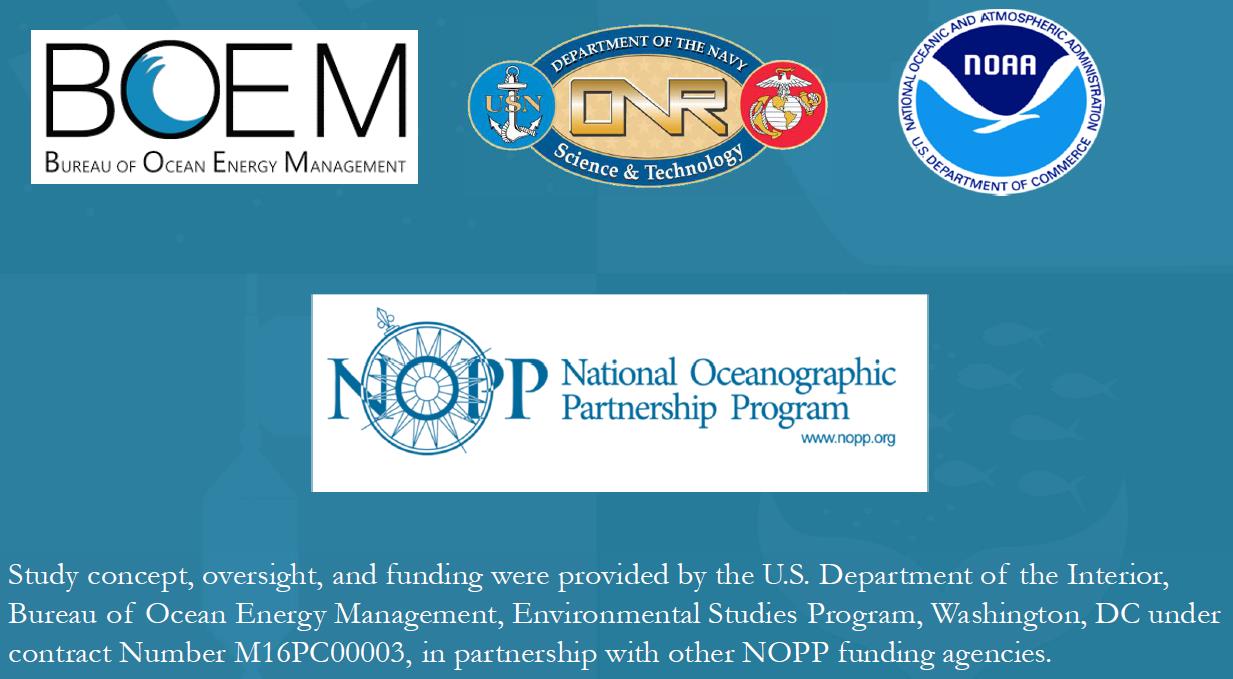Rough seas greeted us overnight before our first full day at sea for the 4th (out of 5) ADEON Cruise. Aboard the RV Armstrong, the science team weathered the storm and by mid-morning, the seas had abated enough for a CTD (conductivity, temperature, and density) cast and the deployment of the first ADEON bottom lander. This particular deployment site, Virginia Canyon (VAC), will be home to the lander for up to a full year. During this deployment period, the lander will record the sounds of the area, log the presence of tagged fish, acoustically profile the water column, and record the conductivity, temperature, and level of dissolved oxygen.
Deep ocean habitats are exciting, and poorly understood places. By “strapping” a bunch of scientific equipment to a substantially weighted lander, we can lower the device into the sea and release it to a slow and controlled descent to incredible depth. Once a science team is ready to collect a lander, they return to the location of the device and signal it to drop its weight and return to the surface where it is (carefully) retrieved by expert crews trained in scientific operations.
For me, marine landers like the ones utilized in the ADEON network conjure up images of space travel which adds to the excitement of deploying these devices. The wealth of data that a single lander can collect in a year’s time is truly astounding.
Dylan Wilford, UNH Graduate Student.



